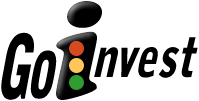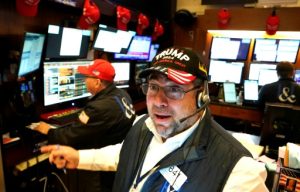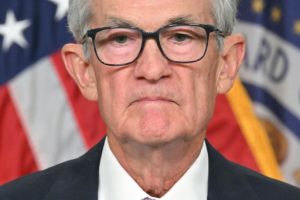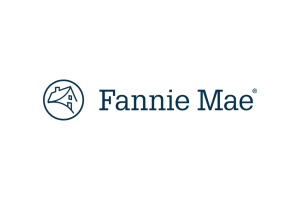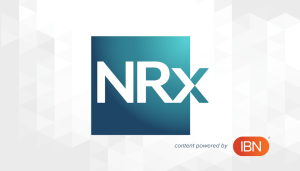
In 2017, during Donald Trump’s first year as president and before the Covid-19 pandemic, American Airlines (AAL) held its last Investor Day. Doug Parker, the chairman and CEO at the time, hailed 2017 as a remarkable year for the airline, with record-setting performance and strong momentum heading into 2018. The closing price for American Airlines on Dec. 29, 2017, was $50.71, up 11% for the year, compared to $14.59 at the time of the latest check.
Parker stepped down from his position in 2022, after securing $54 billion in federal aid to cover payroll expenses due to the pandemic. He was replaced by Robert Isom, who hosted American’s latest investor day event on March 4.
Isom expressed pride in the progress made over the past two years, stating that American is now stronger, more focused, and well-positioned for long-term earnings. The company aims to increase revenue from loyalty program members and passengers buying premium tickets to 80% this year, up from 70% in 2017. They are also renegotiating credit card agreements to boost revenue.
American announced orders for 260 new narrow-body planes, including Airbus A321neo, Boeing 737 MAX 10, and Embraer E175 aircraft, with options for additional planes. However, labor issues persist, with the flight attendants’ union highlighting pay disparities and ongoing negotiations.
Analysts had mixed reactions to the investor day. Morgan Stanley maintained an overweight rating with a $20 price target, noting compounding earnings growth but calling for consensus numbers to increase. Bernstein raised its price target to $21, citing American’s targets exceeding expectations, but concerns lingered about near-term challenges and aircraft orders.
